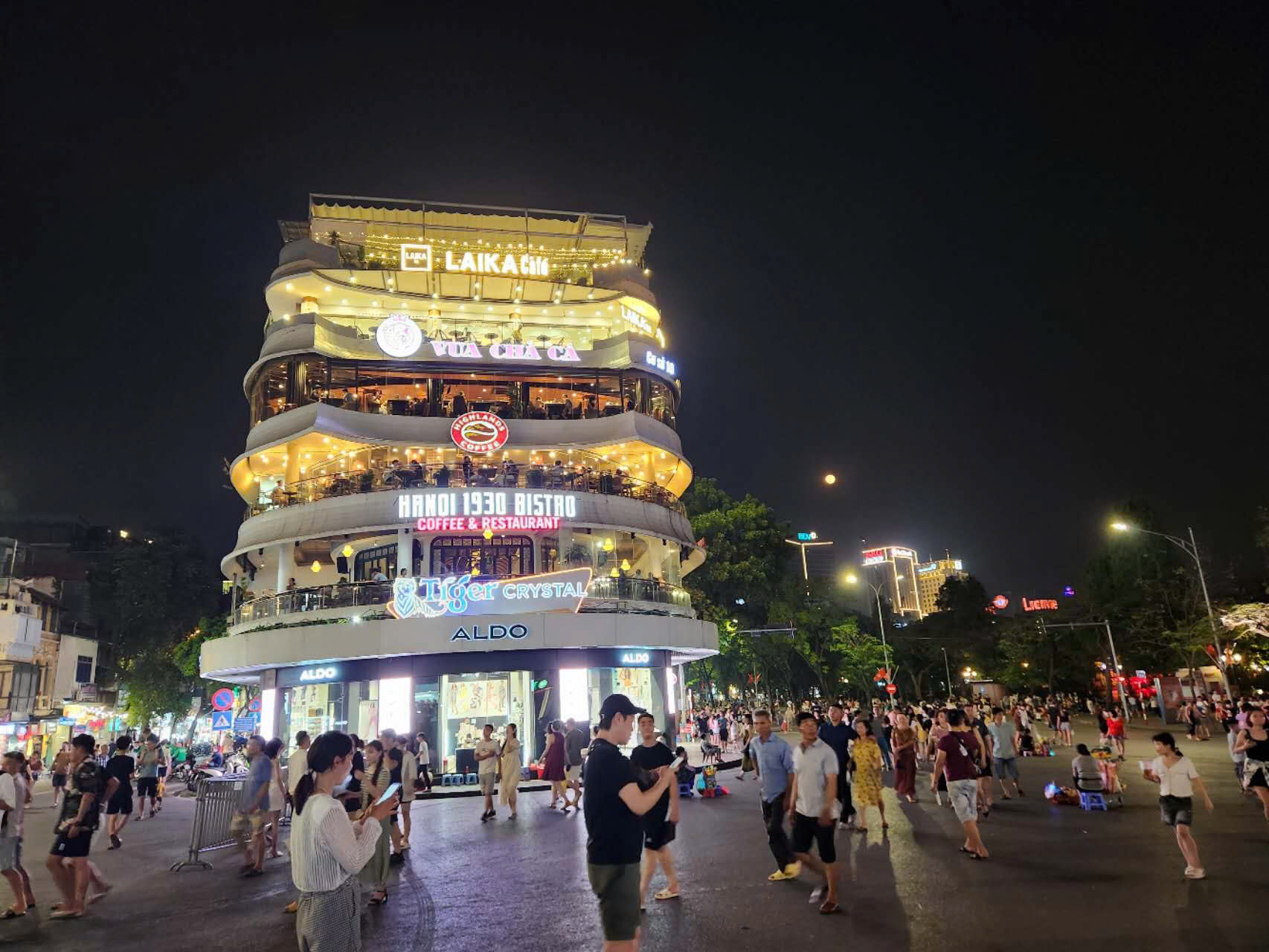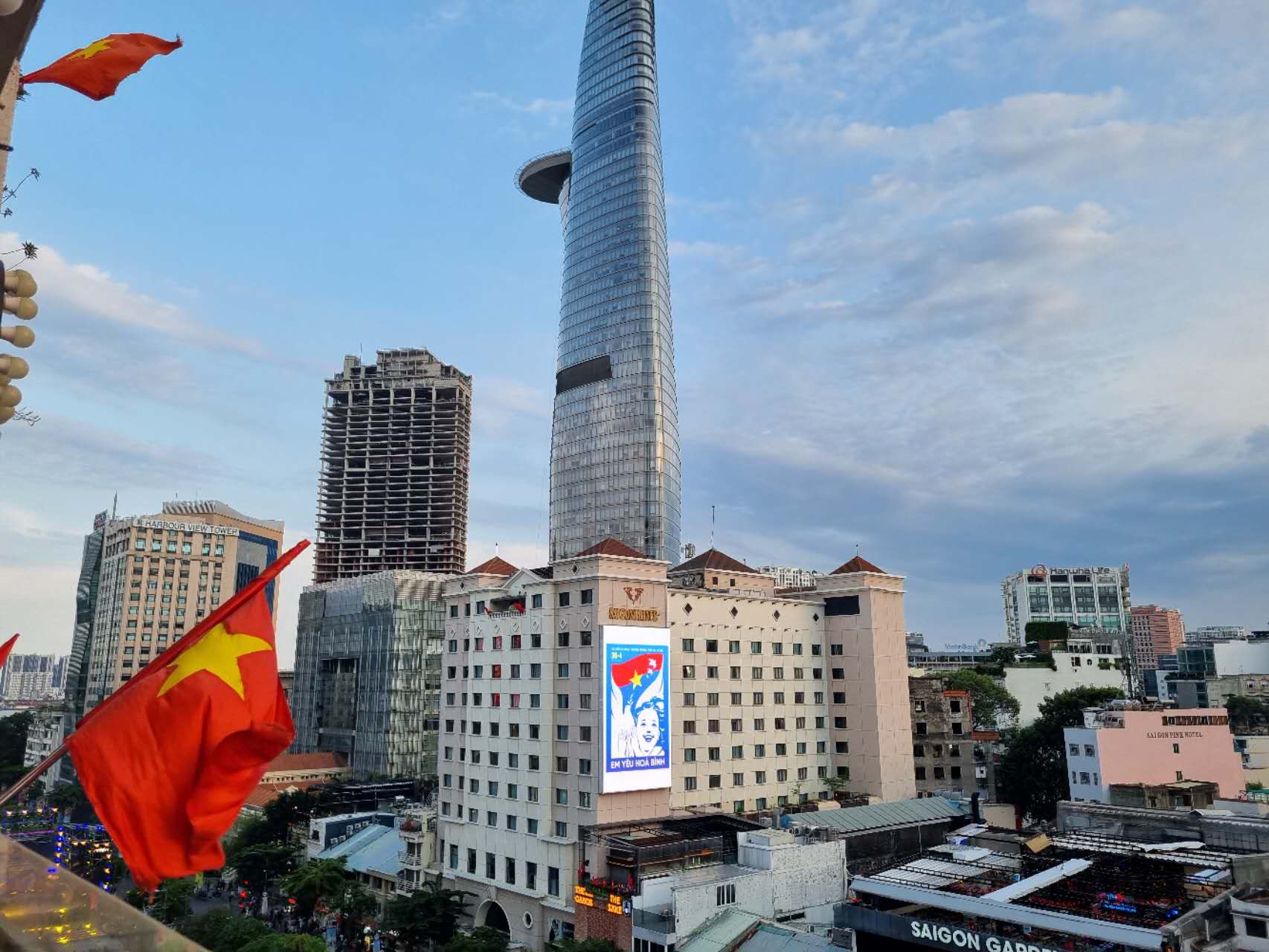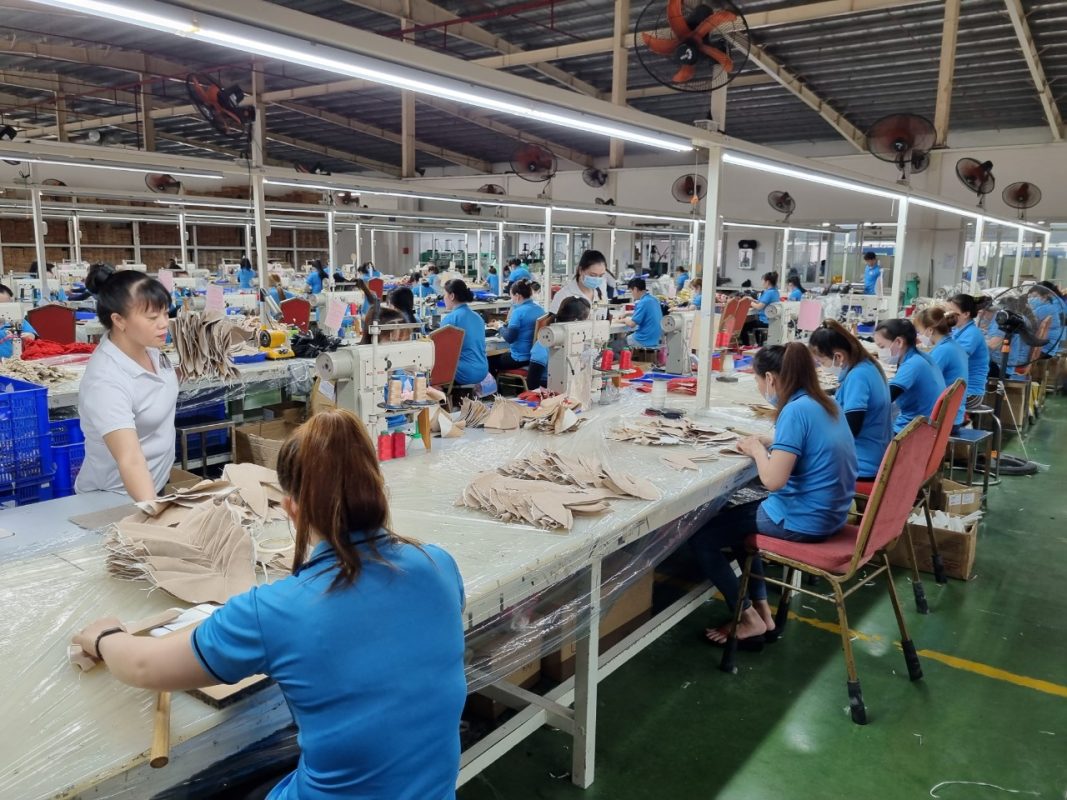Inspection News
Garment Defects: A Complete Guide for Quality Control
If you are a quality control professional who works with garments, you know how important it is to identify, classify, and resolve garment defects. Garment defects are any flaws or deviations from specifications or standards that affect a garment’s appearance, performance, durability, or functionality. They can harm your quality control and customer satisfaction. They can also damage your reputation, brand image, and profitability.
But how do you spot and deal with garment defects? This article will provide a comprehensive overview of defective garments and how to improve your quality control.
What are Garment Defects, and Why are they Important?
Garment defects are any flaws or deviations from specifications or standards that affect a garment’s appearance, performance, durability, or functionality. For example, a broken stitch, a colour mismatch, a wrong size, a loose button, a stain, or a hole.
Garment defects are essential for quality control and customer satisfaction because they can harm your business in several ways.
Damage your reputation, brand image, and profitability: If you deliver defective garments to your customers, they may lose trust and confidence in your products and services. They may also spread negative word-of-mouth or leave bad reviews.
Customer complaints, returns, refunds, or lawsuits: If your customers receive defective garments, they may not be satisfied with their purchase and may demand compensation or replacement. This can increase your costs and liabilities and reduce your profits. In some cases, defective garments can also cause injury or harm to the customers and lead to legal actions or claims against your business.
Affect your compliance with international standards and regulations: Different product categories and markets have different requirements and expectations for quality, safety, and compliance. For example, textiles need to meet certain fabric quality and colourfastness standards; furniture needs to meet certain strength and stability standards; so if your garments do not comply with these standards and regulations, you may face penalties or sanctions from the authorities or customers.
What are the types of defects in garments?
Garment defects are categorized into major, minor, and critical types.
What Are Minor Defects in Garments?
Minor defects are imperfections that impact visual appeal or customer experience, although they may be tolerated up to a certain threshold. Example: a small, slightly misaligned pattern on a printed t-shirt. While it doesn’t compromise the functionality or structural integrity of the garment, it affects the visual appeal. It may be considered a minor imperfection that can be tolerated to a certain extent.
What are the major defects in garments?
Major defects significantly affect a garment’s quality, appearance, or functionality, leading to customer dissatisfaction and being unacceptable in finished products. Example: an open seam along the side of a shirt, causing the garment to come apart quickly during regular use. This defect significantly affects the durability and overall quality of the garment, making it unacceptable for sale.
What Are Critical Defects in Garments?
Critical defects are severe, posing safety hazards or making the garment unusable. Example: a jacket with a faulty zipper that gets stuck frequently. This defect not only affects the garment’s functionality but also poses a potential safety hazard if the wearer cannot open or close the jacket properly in case of an emergency. Critical defects like this must be strictly eliminated to ensure the safety and usability of the product.
What are the main sources and categories of garment defects?
Garment defects can originate from different sources and stages of production. They can also be classified into different categories and types according to their nature and characteristics.
What are the sources of defects in textiles and garments?
Categories of Garment Defects
Dimensional defects: Variations or discrepancies in measurements or dimensions of a garment or its parts that affect fit or size.
Functional defects: Malfunctions or failures in the functionality or performance of a garment or its components that affect usability or durability.
Aesthetic defects: Imperfections or blemishes in the appearance or design of a garment or its elements that affect attractiveness or appeal.
How to Identify Garment Defects
There are different methods and tools that you can use to identify garment defects, such as visual inspection, physical inspection, testing equipment and checklists.
Visual inspection
This method is the most common and primary method of identifying garment defects. It involves inspecting the garments visually by using your eyes or magnifying glasses. You can look for any flaws or deviations in fabric quality, colour, pattern, texture, shape, size, alignment, stitching, seam, hem, packaging, labelling, etc. Visual inspection can be done at different stages of production, such as fabric inspection, cutting inspection, sewing inspection, finishing inspection, etc.
Physical inspection
Using your hands or other physical means. It involves touching, feeling, stretching, pulling, rubbing, or testing the garments physically to check for any defects in functionality or performance. You can look for malfunctions or failures in buttons, zippers, snap fasteners, elastics, etc. Physical inspection can be conducted at different stages of production, such as sewing inspection, finishing inspection, etc.
Testing equipment
Using specialized equipment or instruments, you can identify defective garments in textiles. It involves measuring, testing, or analyzing the garments scientifically to check for quality, safety, or compliance defects. You can look for any variations or discrepancies in measurements or dimensions, colourfastness, strength, durability, flammability, toxicity, etc.
Checklists
These are tools that can help you identify garment defects systematically and consistently. They are lists of criteria or standards that you need to check for each garment or each stage of production. They can include specifications, tolerances, defect types, defect codes, defect severity, defect frequency, etc.
What are the Solutions to Prevent or Reduce Garment Defects?
Preventing and reducing garment defects is essential for maintaining high quality and improving business performance. Here are tips to prevent or reduce garment defects at different production stages:
Fabric Selection: Choose the right fabric based on specifications and requirements, working with reliable suppliers and inspecting fabric for defects.
Cutting Accuracy: Prepare a cutting plan and layout, mark cutting lines and notches accurately, and cut fabric pieces precisely to minimize cutting defects.
Sewing Quality: Prepare sewing machines and accessories, adjust settings and parameters, and sew fabric pieces carefully to avoid sewing defects.
Finishing Care: Iron or press garments carefully, trim excess threads or materials accurately, and fold or pack garments with attention to detail to minimize finishing defects.
To ensure garment quality assurance, you can use a third-party apparel testing company to check your products and items for any defects before they reach the customer. You can find and prevent fabric defects during the defect analysis and prevention methods and the testing process. However, defect prevention is also a crucial step to take during the development process.
You should review and inspect your products by self-checking, peer reviews, and inspection by team members. It would be best if you also compared the samples with the customer requirements in a walkthrough comparison to identify and correct any discrepancies. Moreover, you should record and document any defects that you find. Finally, you should conduct a root cause analysis to find out why the defects occurred and how to avoid them in the future
Conclusion: Garment Defects: A Complete Guide for Quality Control
Garment defects are a common and serious issue that can affect your quality control and customer satisfaction. However, you can prevent or reduce garment defects by following some best practices and solutions at different stages of production. To ensure your product quality, hire our quality control service to help you achieve high-quality garments. We are a leading quality control company with many years of experience and expertise in garment inspection and testing. We offer high-quality service with fast turnaround time, detailed reports, an online report system, and competitive prices.











